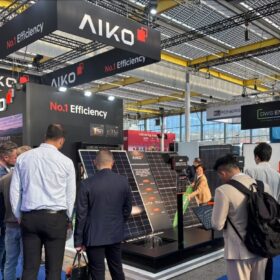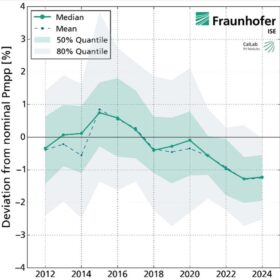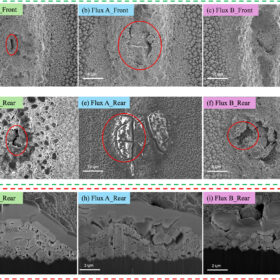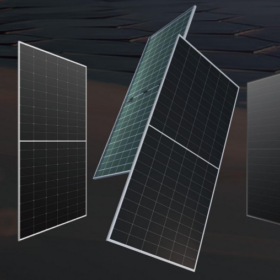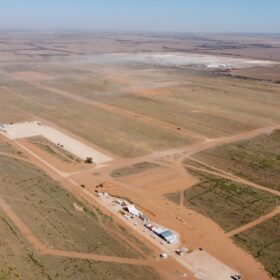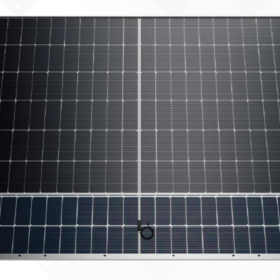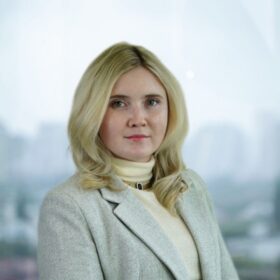Aiko launches 500 W C&I back-contact solar module with 25% efficiency
The Chinese manufacturer launched its new Infinite panel featuring its proprietary all-back contact cell technology. The module measures 1,762 mm x 1,134 mm x 30 mm and has a temperature coefficient of -0.26%/C.
Fraunhofer ISE research finds solar module output ‘often overstated’
A longitudinal research project from the Fraunhofer Institute for Solar Energy Systems ISE reveals that since 2017, the institute has measured less power on average in a solar module than promised by the manufacturer.
UNSW study shows heterojunction solar cell sensitivity to soldering flux
University of New South Wales researchers are part of an international team that has assessed the impact of soldering flux on heterojunction solar cells and has found that the composition of this component is key to prevent major cracks and significant peeling.
Tindo donates 74 South Australian-made Walara solar modules
Australian solar panel manufacturer Tindo has donated $10,000 worth of solar panels to the Tanunda Cricket Club in South Australia, to aid the club’s environmental targets and reduce bills.
Longi unveils anti-dust back contact solar module with 24.8% efficiency
Longi has released a back-contact solar module with 24.8% efficiency, featuring a power output of up to 670 W and a temperature coefficient of -0.26% per degree Celsius.
pv magazine Awards 2025 offer global nod for Australian energy companies
The pv magazine global awards program recognising excellence across the solar and storage industries is open for entries, with the opportunity for Australian businesses and individuals to win global recognition across seven categories adjudicated by a worldwide panel of independent industry experts.
GRS wins contract to build 171 MW solar farm in Victoria
Spanish group Gransolar says its construction subsidiary GRS has landed the contract to build the 171 MW Carwarp Solar Farm in Victoria, its 14th large-scale project in the Australian market.
Jolywood releases 595 W bifacial TOPCon solar panel for harsh environments
The Chinese manufacturer said that its new glass-backsheet Windproof module utilises a zinc-aluminum-magnesium surface alloy technology and a high-strength steel substrate. It features a power conversion efficiency of up to 23.03%.
PV manufacturers making move to coated backsheets
Hard-pressed Asian solar manufacturers have switched from multi-layer polymer backsheets to a single layer of polyethylene terephthalate (PET), with a protective coating on both sides of their modules. Backsheet makers confirm these products, known as “CPC,” are now mainstream. There is little evidence to demonstrate that they can withstand 30 years-plus of outdoor use, however.
‘Solar module prices will soon go back to over $0.12/W’
The global solar module industry is expected to regain a sustainable balance in the next six months, Yana Hryshko, head of Solar Supply Chain Research for Wood Mackenzie, told pv magazine. She explains why solar module prices may increase soon, suggesting that Tier 1 modules prices could reach USD 0.14/W to USD 0.15/W ($0.22/W to $0.24/W) by the end of this year, and discusses how consolidation is materialising within the global PV industry.
